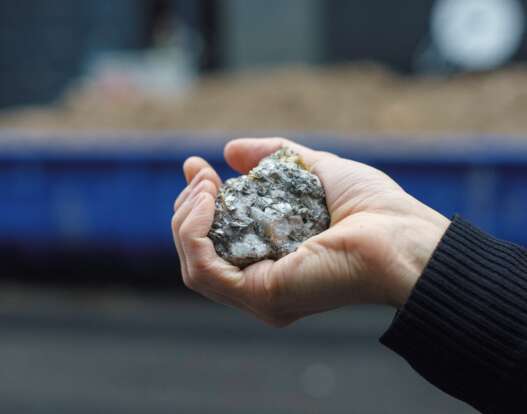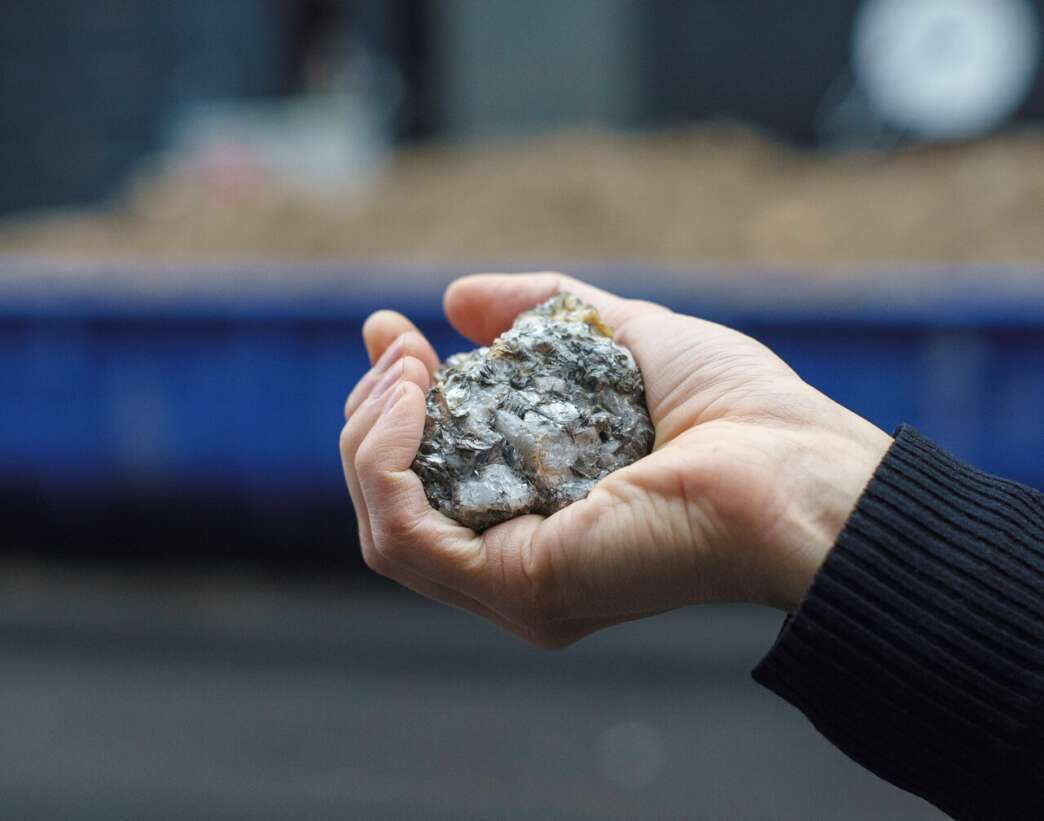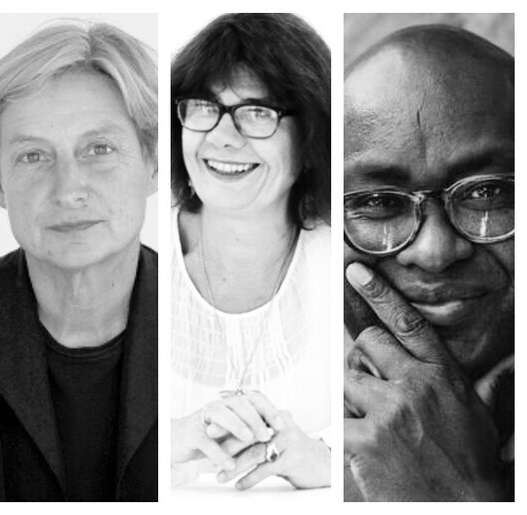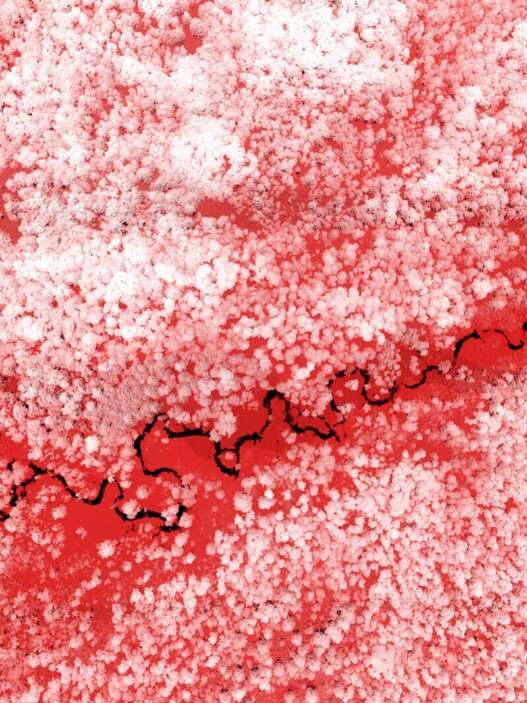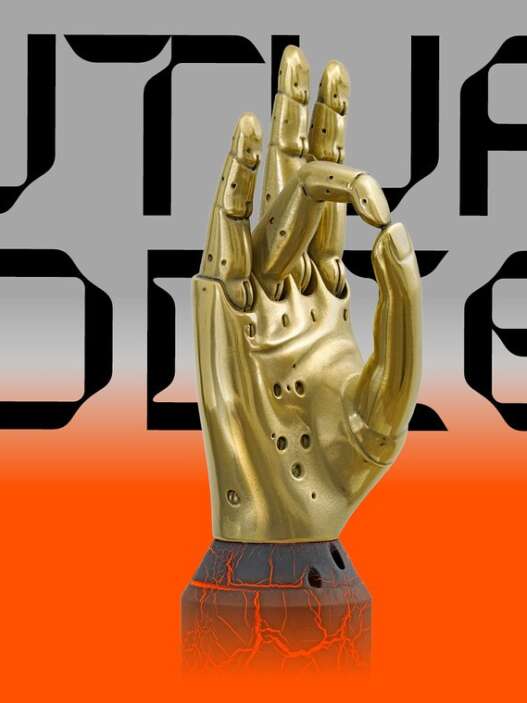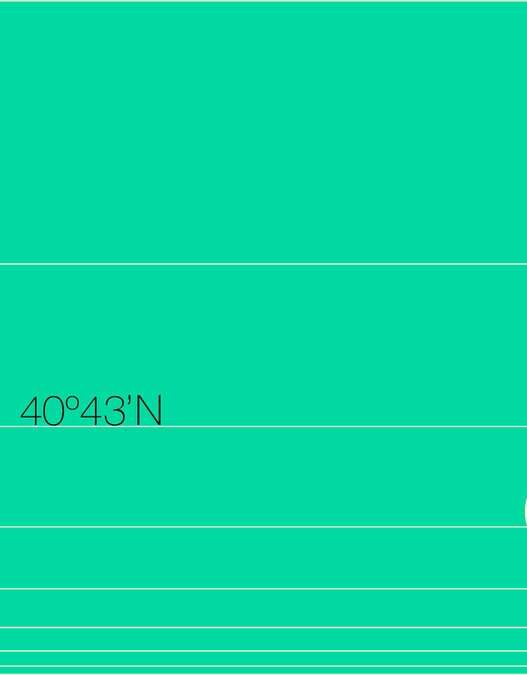The Driving Factor
Experimental tours, exhibition, forum, and web-repository
June 11–August 27, 2022
The Money Tree Tour (Berlin): June 11, registration via website required
Taube Erde Tour (Erzgebirge): June 18–19, registration via website required
Am Ende Landschaft Tour (Lausitz): June 25, registration via website required
Artists: Ana Alenso, Inge Broska, Aurora Castillo, Constanze Fischbeck, Eva Hertzsch & Adam Page with Mozart Schule and Victor-Klemperer-Kolleg Berlin, Sonja Hornung, Maryam Katan, knowbotiq (Yvonne Wilhelm, Christian Huebler), Leni Roller, Jack Wolf
This project takes the Lithium-ion battery as an occasion to critically reflect on the promise of the so-called green energy transition. It traces electric currents, power grids, and supply chains, in order to draw attention to the transformations and destruction experienced within social and material geographies of extraction and accumulation. In doing so, it fosters alternative spaces of experience and collective action. The Driving Factor is conceived by a group of theorists and practitioners in the fields of art, anthropology, and urban sociology.
What fuels the power that is accrued through the storage of energy? The Driving Factor was instigated in response to the contradictory reactions of politics and civil society when a Tesla Gigafactory was constructed in Grünheide, close to Berlin. Local and national politicians celebrated the factory’s pioneering work in apparently environmentally-friendly technology, as well as its creation of new jobs. At the same time, countless objections were largely ignored: Was the promise of “green” mobility, which goes hand-in-hand with the promise of a “green” transition globally, simply a cover-up for profound violations of ecosystems and civil rights?
Both promises—that of electric mobility and that of the energy transition—have one object in common: the battery. The Driving Factor takes the lithium battery as the starting point for multi-disciplinary and artistic investigations. Questioning the battery’s narrative as a storage block providing harmless energy to everyone, everywhere—whether for mobile phones, cars, or the stabilisation of the power grid. Working from local contexts, the project seeks to establish links to the global lithium supply chain, while highlighting intransparent and often environmentally damaging practices of raw material extraction. In doing so, it draws attention to the appropriation of natural and human forms of labour as a continuation of imperialist and colonial logics—whose repercussions can also be traced in Germany.
In three experimental tours, participants move through social and geographical landscapes of extraction and accumulation in Berlin, Brandenburg, and Saxony. Conceived of as journeys through both space and thought, each tour follows various cycles in the valorisation and devaluation of raw materials and landscapes through the “energy transition”: from the reactivation of the vision of electric mobility in Berlin-Oberschöneweide and Grünheide, to the resumption of mining in Saxony’s Erzgebirge, where lithium deposits have been found, to the revaluation and production of new landscapes following the phase-out of coal mining in Lusatia.
The artistic, scientific, and activist contributions brought together by The Driving Factor address intersectional forms of injustice relating to the production of batteries, from the contamination of ecosystems to related expulsions of humans, animals and plants. Once promised as a means to stabilise an electricity grid fuelled by renewables, batteries were supposed to contribute to a transition to the emissions-free and resource-saving energy provision that many expected from the European “Green Deal.” At least since the beginning of the war in Ukraine, debates around “energy security” demonstrate that this promise was built on the false assumption of a linear model of growth and investment that is capable of securing nothing more than private capital.
For the duration of the project, the station urbaner kulturen/nGbK Hellersdorf will be transformed into a storage unit in which new and pre-existing artistic works, research materials, podcasts, as well as incoming impressions of the tours will be displayed. These stored energies will be gathered by the Forum POWER BANK, which brings the project’s contributors and visitors together in order to discuss alternative spaces for action. As a digital repository and storage unit, the website thedrivingfactor.net collects voices, materials, and topics from the project for a wider audience. It seems clear that it is necessary to make a break from pre-existing power and property relations in the production, distribution and accumulation of energy. How civil society and translocal groups might contribute to this remains an open question.
The Money Tree Tour (Berlin): June 11, full day
The tour will depart from Oberschöneweide, a locus of past and future speculative development set to host the Behrensufer innovation and technology hub, as well as historical site of the Kabelwerk Oberspree (KWO) and electric car producer NAG. It will end in Grünheide, Brandenburg, where Tesla’s fourth Gigafactory recently began production
Taube Erde Tour (Erzgebirge): June 18–19, two full days
The two-day tour focuses on lithium, looking towards the effects of its extraction in multiple localities. Anchoring the enquiry in Freiberg and Zinnwald (Saxony), where the domestic extraction of lithium is planned to kick off soon.
Am Ende Landschaft Tour (Lausitz): June 25, full day
This excursion to Lusatia traces ongoing devastation caused when entire villages are engulfed by mines. The tour begins and ends at the IBA (International Building Exhibition) terraces on the Großräschen Lake.
nGbK project group: Elisa T. Bertuzzo, Jan Lemitz, Daniele Tognozzi, Mercedes Villalba, Neli Wagner
Press contact:
Wayra Schübel, presse@ngbk.de
thedrivingfactor.net
Instagram / Facebook / #thedrivingfactor









